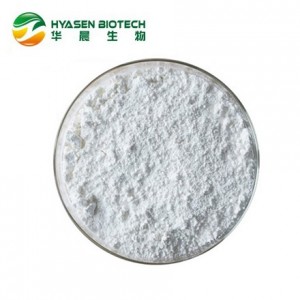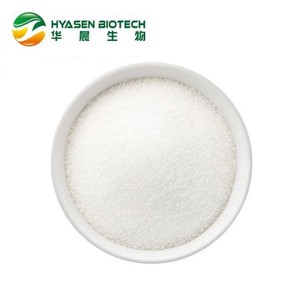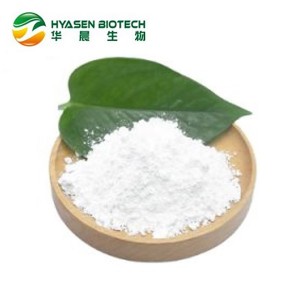
LAMP HNB Colorimetric Master Mix (Lyophilized beads )
This product contains reaction buffer, Bst DNA polymerase, HNB dye, lyophilized protectants. The buffer contains Mg2+ and dNTP ect. The product is lyophilized ball type, using only with primers and templates. This kit provides a fast, clear visual detection of amplification, which negative reaction is indicated in Blue-purple and positive reaction is indicated by a change to green.
Component
LAMP HNB Colorimetric Master Mix (Lyophilized beads ) 48T/96T
Applications
For DNA isothermal amplification.
Storage Conditions
Transported and stored at 2~ 8 ℃. The product is valid for 12 months.
Protocol
1. Take out the corresponding number Lyophilized beads powder according to the number of tests.
2. Prepare reaction mix
|
Component |
Volume |
|
LAMP HNB Colorimetric Master Mix (Lyophilized beads ) |
1 beads |
|
10 × Primer Mix a |
2.5 μL |
|
Templates DNA/ RNA b |
22.5 μL |
|
Total |
25 μL |
Notes:
a. 10×Primer Mix Concentration: 16 μM FIP/BIP, 2 μM F3/B3, 4 μM Loop F/B;
b. Nucleic acid templates are recommended to be dissolved using DEPC water.
3. Amplification reaction
Set up the following program on a fluorescent PCR instrument (such as ABI7500, etc.).
|
Temperature |
Time |
Cycles |
|
65℃ |
60s Collect FAM fluorescence |
30 |
Note: According to the naked eye, green was positive and Blue-purple was negative.
Notes
1. The reaction temperature can be optimized between 62℃ and 68℃ according to the primer condition.
2. The packaged reagents should not be exposed to air for a long time.
3. The experiment shall be conducted in a standardized manner, including the preparation of reaction system, sample treatment and sample addition.
4. It is suggested to prepare reaction system in the ultra-clean table and add templates in the fume hood of other rooms to avoid false.














